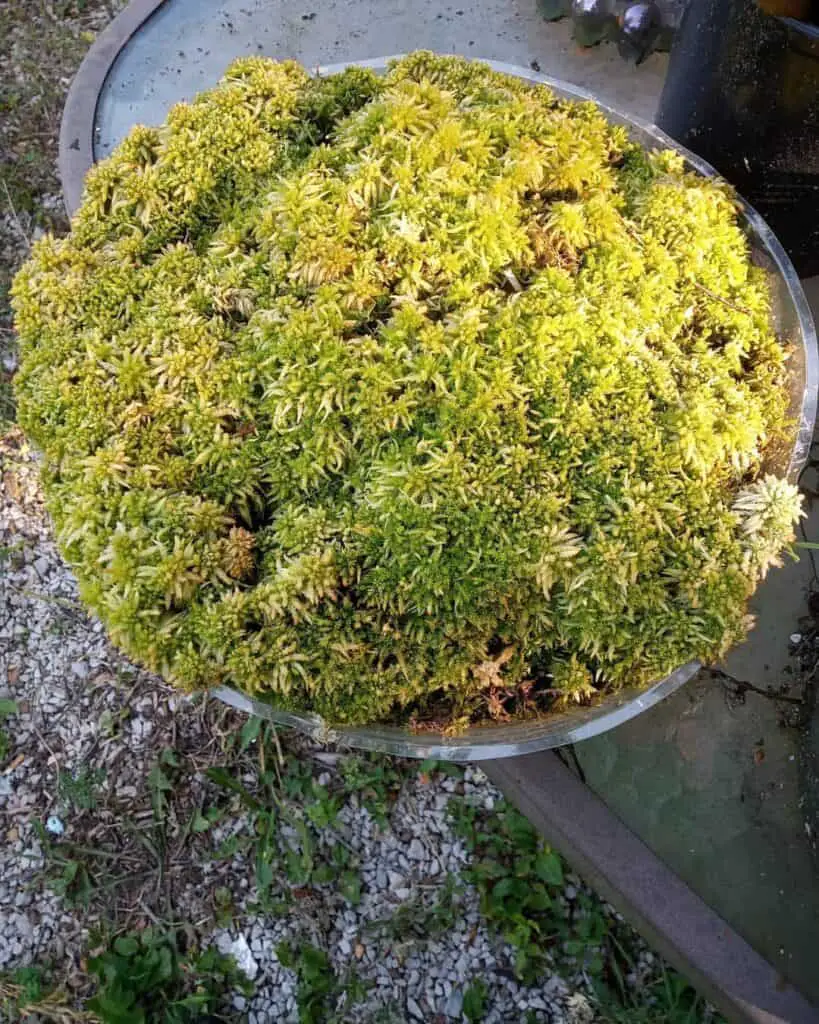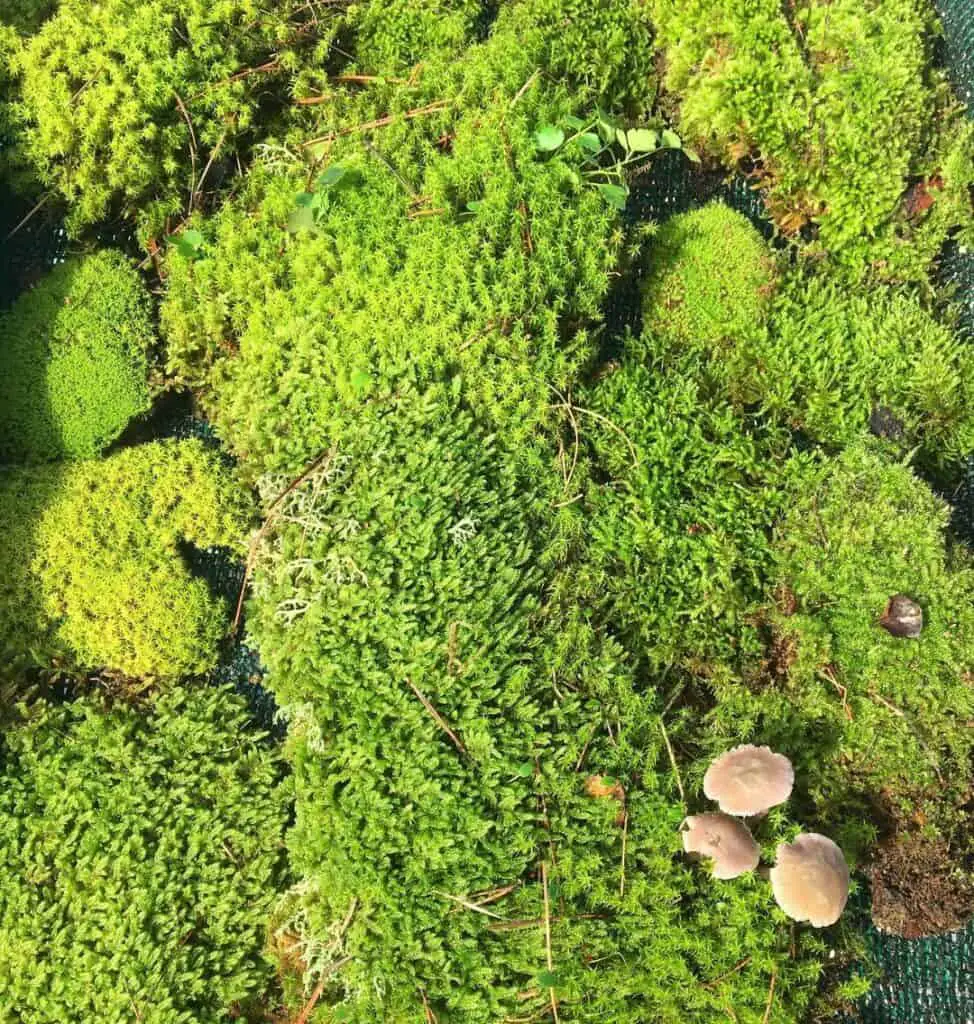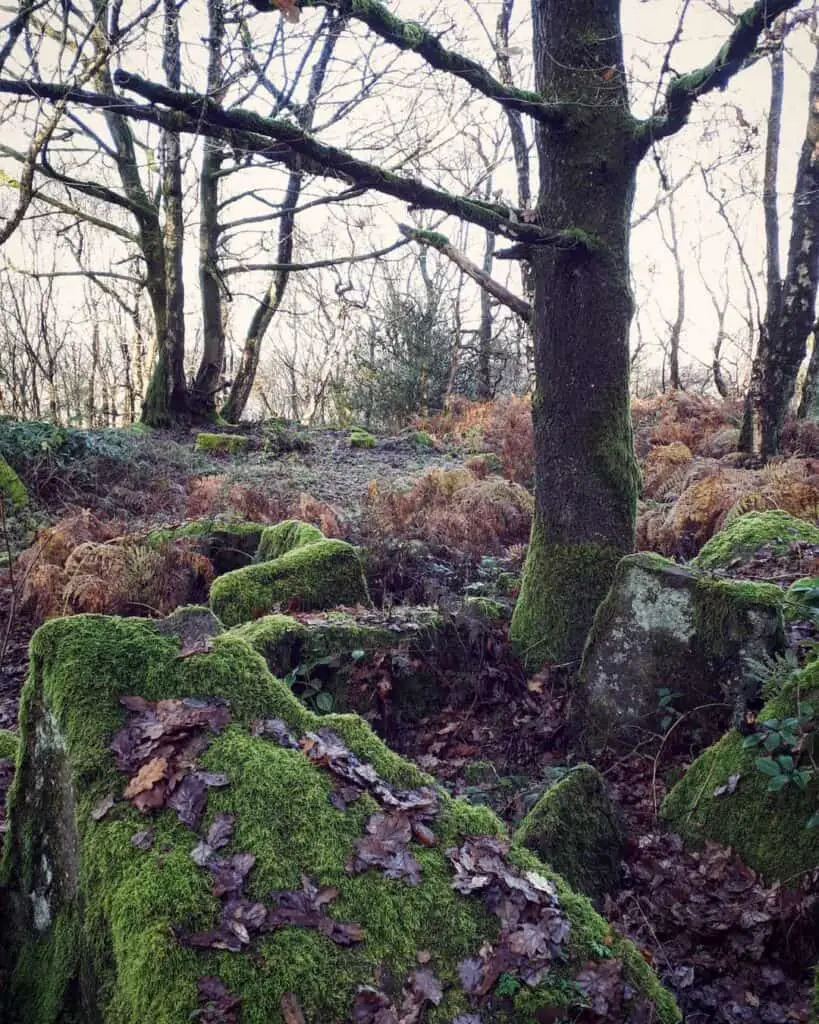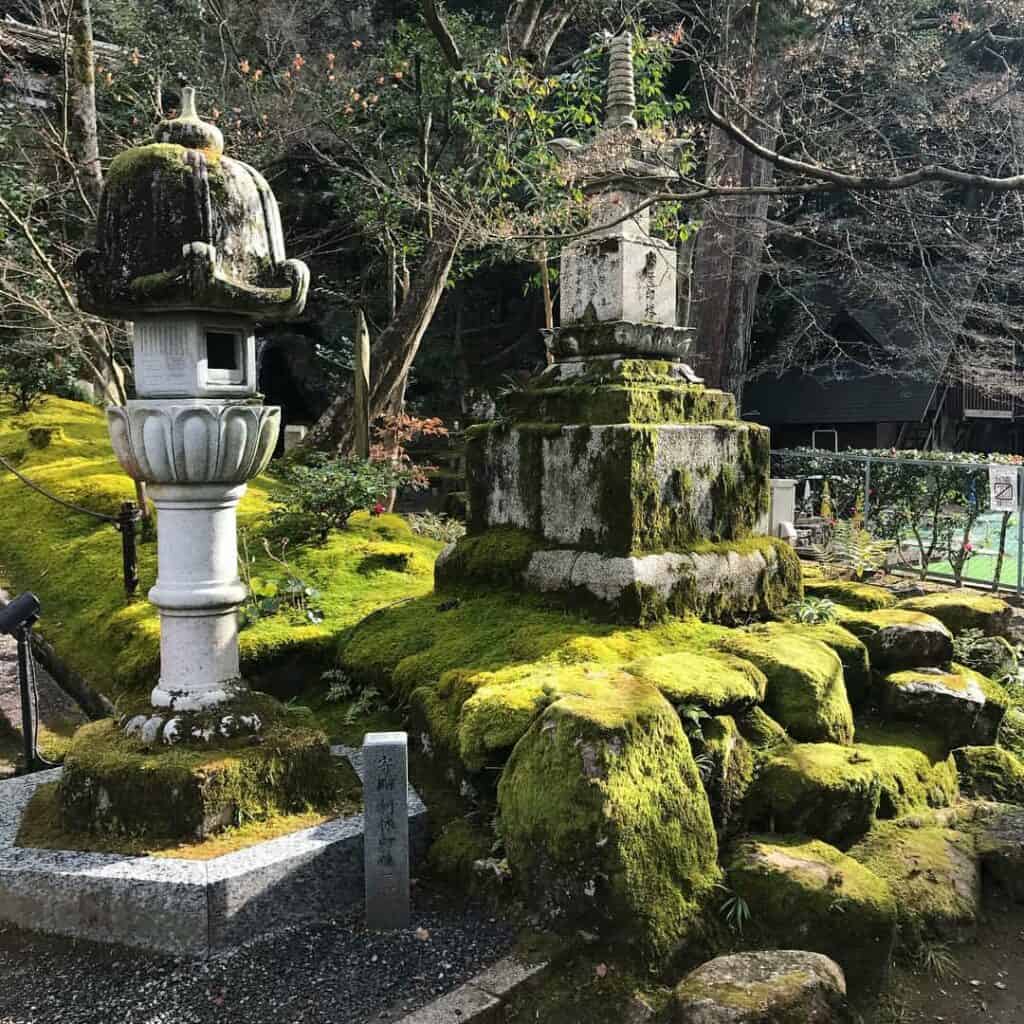Kokedama “moss balls” are a perfect example of the unique gardening techniques perfected by the Japanese. Essentially, they’re a form of living art that involves a small houseplant growing out of a ball of moss. The moss serves as the container, and a traditional pot is not necessary.
But, what’s the best moss for kokedama? Sphagnum moss, which is native to the Japanese mainland is regarded as the best moss for kokedama. This hardy Japanese moss is able to survive indoors and outdoors, provides excellent insulation for the plant’s roots, and can hold up to 20-times its weight in water!


However, you can use any moss as long as it’s compatible with the environment, the surrounding environment, and the plant you’re potting within your moss ball. Today, I’m going to help you select the best moss for kokedama, talk about important factors to your selection, and overview some of the most popular moss types used to create moss balls!
Let’s take a look.
The Best Moss For Kokedama Moss Balls
If you’ve ever spent much time studying Japanese culture, then you’ve probably noticed their beautifully-maintained gardens. The culture’s love of gardening is thought to have its origins in the Asuka Period (circa 592 to 710 A.D.) – a period of rich artistic development for the region. By the Edo Period (the 1600s to the mid-1800s), Japanese gardening had reached its peak.
Today, gardening is just as prevalent as it’s always been, despite the country’s strong urban development. The only thing that has changed is the size of the garden. Many choose to create small in-home gardens using the same styling elements that make Japanese gardens so unique.
Kokedama moss balls require a considerable amount of effort, so I definitely encourage you to do your own research so that you don’t waste time and accidentally select the wrong moss. Cautionary note aside, though, the following types of moss are almost always compatible and are the most common species used for kokedama.
Sphagnum Moss

Sphagnum moss is, by far, the best moss for kokedama. It’s a type of “peat moss.” Peat consists of decaying organic matter and vegetation and is commonly burned to dry the barley used in Japanese whisky as well!
Sphagnum grows well indoors, is an excellent root insulator, and can hold up to 20-times its weight in water! It’s hardiness, versatility, and good compatibility with other plants is what makes it the top choice of kokedama.
Environmental Adaptability
Moss is an extraordinarily resilient plant and is capable of growing in many different environments. This is especially true of sphagnum moss, which is why it’s been traditionally used for kokedama.
Whether you’re building a moss ball to hang in your New York apartment or you’re planning to hang your kokedama outside on your porch or in your garden, sphagnum will provide great insulation for your plant’s roots which is important if you want to ensure good nutrient absorption and a long-lasting plant.
Ease Of Installation
Not all sphagnum moss is the same! Depending on where you purchase your sphagnum from, you may get a healthy batch of moss or you could get an old, dried-out batch of moss. While old moss can be re-hydrated, it will often turn out a lot weaker than fresh moss, and you’ll have to use a lot more strings and ties to keep it in place.
Always do your research on the company you’re buying your sphagnum from and make sure that they sell freshly-harvested moss. Fresh, moist moss will be a lot easier to install around your soil ball and will provide better insulation.
Compatibility With Plants
Sphagnum moss is compatible with most houseplants that are used for kokedama. The moss and the plant are supposed to have a symbiotic relationship with each other. The moss retains water in the soil and keeps the roots safe and warm. In turn, the tree shares some of the nutrients it absorbs with the moss, helping it continue to grow.
Hypnum Moss

If you’re having trouble finding sphagnum moss, then hypnum moss is a good substitute and shares similar properties. It’s also a bit easier to find in the U.S.
Hypnum moss is one of the most common forms of moss found in Western forests. It grows in various shades of dark green and grows well over both soil and rocks. Like sphagnum, this moss is both hardy and versatile. It can grow indoors as well as outdoors and grows well around the root structure of other plants.
Real Moss vs. Faux Moss
When making kokedama moss balls, it’s always best to use real, living sphagnum moss. While faux moss can be used to achieve the same look, the faux moss will not insulate the plant’s roots well. More importantly, faux moss won’t retain water and provide the plant with the water it needs to thrive.
The Significance Of Moss In Kokedama
If you were to visit a traditional Japanese moss garden, you would likely find the native ezosuka-goke moss for outdoor applications. This beautiful moss is incredibly soft, grows in hues of bright emerald green, and has a unique texture that seems to grow in waves.
However, ezosuka-goke tends to be a very picky type of moss. It’s highly dependent on having perfect environmental conditions and may or may not grow depending on the weather, the climate, and the soil type that you’re using. In addition to this, it doesn’t grow that well indoors.
For this reason, most people use Japanese sphagnum moss for kokedama projects.

In Japanese Buddhist spiritual culture, sphagnum moss symbolizes harmony, age, and tradition. It’s also a common sign of new growth and new beginnings since moss often grows where there was once decay.
Buddhist monks have often contemplated the inherent nature of moss. It’s both strong and fragile. Its strength lies in its connections to the surrounding moss network, and it can easily grow where nothing else will- much like a thriving small community of people committed to helping one another.
Every time you look at your kokedama moss ball, you should be reminded of the harmony between the two plants as well as your own harmony with nature. For this reason, kokedama is the perfect embodiment of some of the Buddhist principles that are often incorporated into ikebana gardening techniques.
